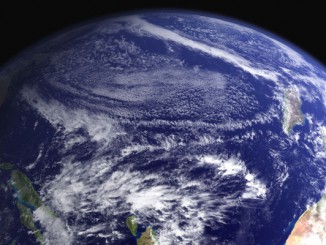
American Geophysical Union


MESSENGER data reveals great valley on Mercury
Scientists have discovered a 600-mile-long valley on Mercury that may be the first evidence of buckling of the planet’s outer silicate shell in response to global contraction. The researchers discovered the valley using a new high-resolution topographic map of part of Mercury’s southern hemisphere created by stereo images from NASA’s MESSENGER spacecraft.
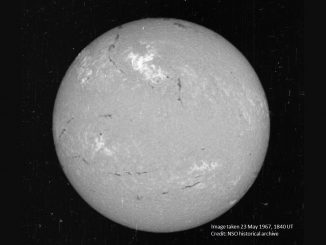
Solar storm of 1967 nearly took US to brink of war
The solar storm of 23 May 1967 that jammed radar and radio communications at the height of the Cold War could have led to a disastrous military conflict if not for the U.S. Air Force’s budding efforts to monitor the Sun’s activity, a new study finds. The ensuing geomagnetic storm was so strong that the northern lights were visible as far south as New Mexico.
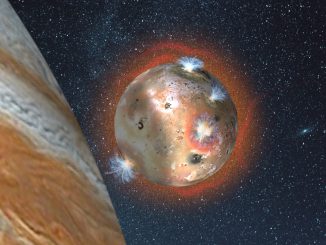
Freezing effects of Jupiter’s shadow on Io’s volcanic gases revealed
A team of scientists has documented atmospheric changes on Io, Jupiter’s volcanically active satellite, as the giant planet casts its shadow over the moon during daily eclipses. Io’s thin atmosphere collapses as the sulfur dioxide gas emitted from volcanoes freezes when shaded by Jupiter. The atmosphere reforms when Io moves out of eclipse and the ice sublimates.
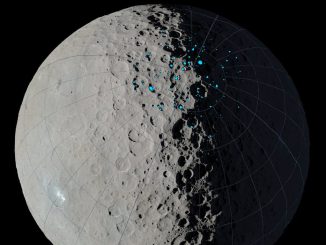
Dawn maps Ceres craters where water ice can accumulate
Scientists with NASA’s Dawn mission have identified permanently shadowed regions on the northern hemisphere of dwarf planet Ceres. Most of these areas likely have been cold enough to trap water ice for a billion years, suggesting that ice deposits could exist there now. These permanently shadowed regions could be colder than those on Mercury or the Moon.

“Electric wind” can strip Earth-like planets of oceans and atmospheres
The space environment around a planet plays a key role in determining what molecules exist in the atmosphere – and whether the planet is habitable for life. New research shows that Venus has an “electric wind” strong enough to remove the components of water from its upper atmosphere, which may have played a significant role in stripping Earth’s twin planet of its oceans.

Pluto’s interactions with the solar wind are unique
Using data gathered by NASA’s New Horizons spacecraft on its Pluto flyby in July 2015, the dwarf planet has some characteristics less like that of a comet and more like much larger planets, according to the first analysis of Pluto’s unique interaction with the solar wind — the charged particles that spew off from the Sun into the solar system at a supersonic 1 million mph.
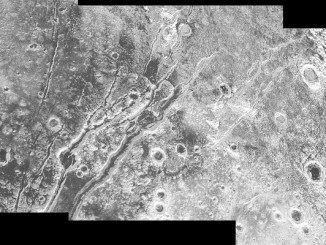
New findings on Pluto and its moons from New Horizons
Five months after NASA’s New Horizons spacecraft flew past Pluto, knowledge about this distant system continues to unfold, yet the spacecraft is less than halfway through transmitting data about the Pluto system to Earth. New Horizons science team members presented the latest findings at the American Geophysical Union (AGU) autumn meeting in San Francisco.
